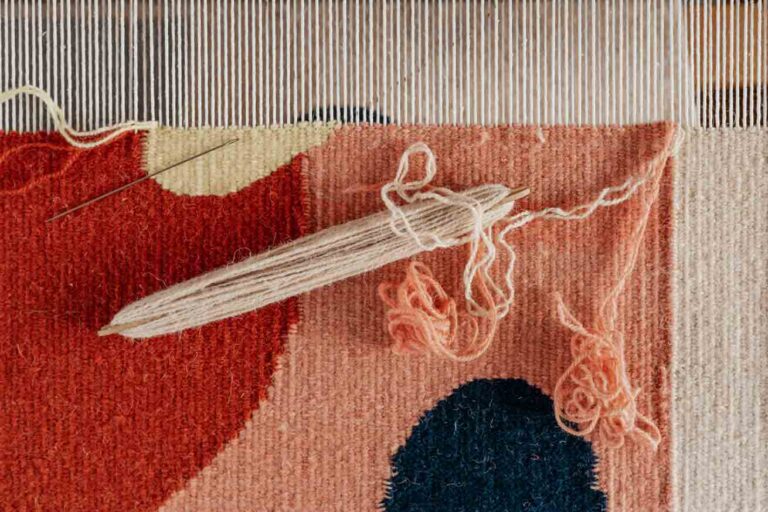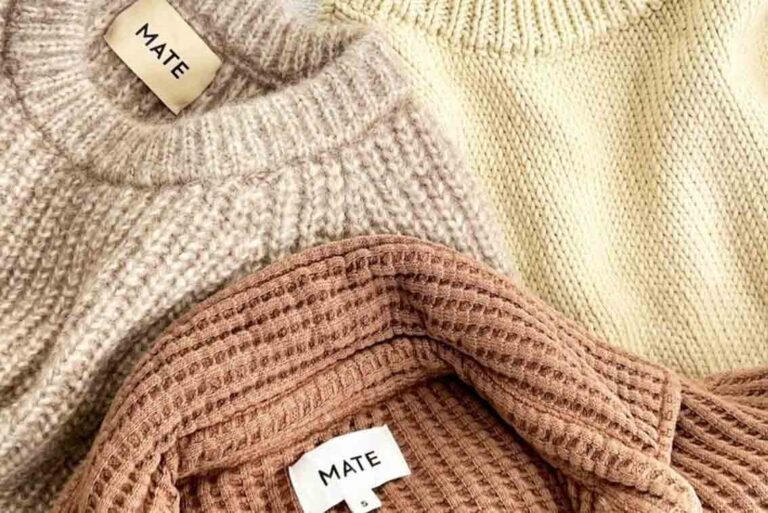2-8% of global carbon emissions every year are created by the fashion industry alone.
Safe to say, fashion isn’t all glitz and glam. Today, it’s an industry that perpetuates ethical and environmental issues, from carbon emissions to water pollution to textile waste.
But luckily, not all fashion was created equal. There are big differences between fast fashion vs sustainable fashion, and understanding these is the first step to supporting positive change.
This article will discuss what fast fashion actually is and how it came to be, what the opposites are, and ways we can opt for the best option when comparing fast fashion vs sustainable fashion options.

What is Fast Fashion?
Fast fashion is a way of making and selling clothes that prioritizes speed and cost-efficiency over all else. This results in the production of low-quality clothing with short lifespans.
Fast fashion employs “micro-seasons,” releasing new collections weekly or even daily. Before, fashion usually operated on four seasons. This new, rapid model means clothing must be created with less thought and cheaper resources.
To keep up this pace, Fast Fashion companies often copy designs from high-end designers, mass-producing them at lower costs through outsourcing and mass-production techniques.
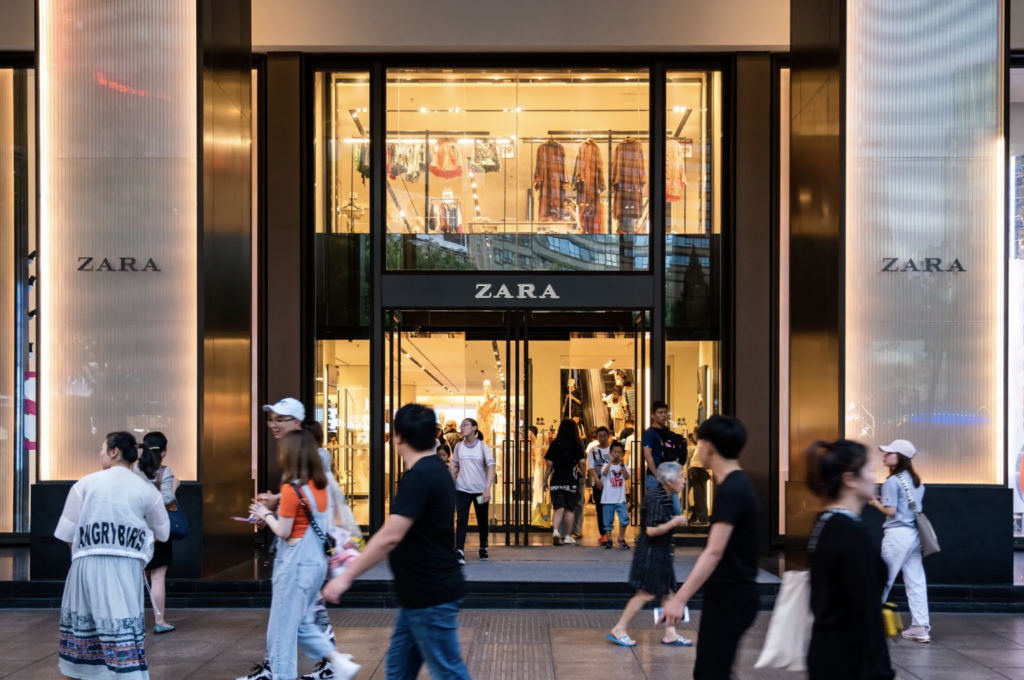
History of Fast Fashion
Though “fast fashion” is now a commonplace word, it wasn’t always this way. Prior to the Industrial Revolution of the early 20th century, clothing was produced by hand, and new clothing was something only the upper classes could afford.
The Industrial Revolution transformed fashion industry production, shifting from handmade to machine-made methods, which made clothing more accessible to the lower classes.
From there, globalization and advances in technology allowed fashion companies to outsource production to countries with lower labor costs, and from there fast fashion as we know it today began.
Zara was one of the brands that pushed this change. When they opened their New York office location in the 1990s, a New York reporter referred to them as “fast fashion,” coining the name that would come to define the cheap clothing that would bring along with it a slew of environmental and ethical issues.
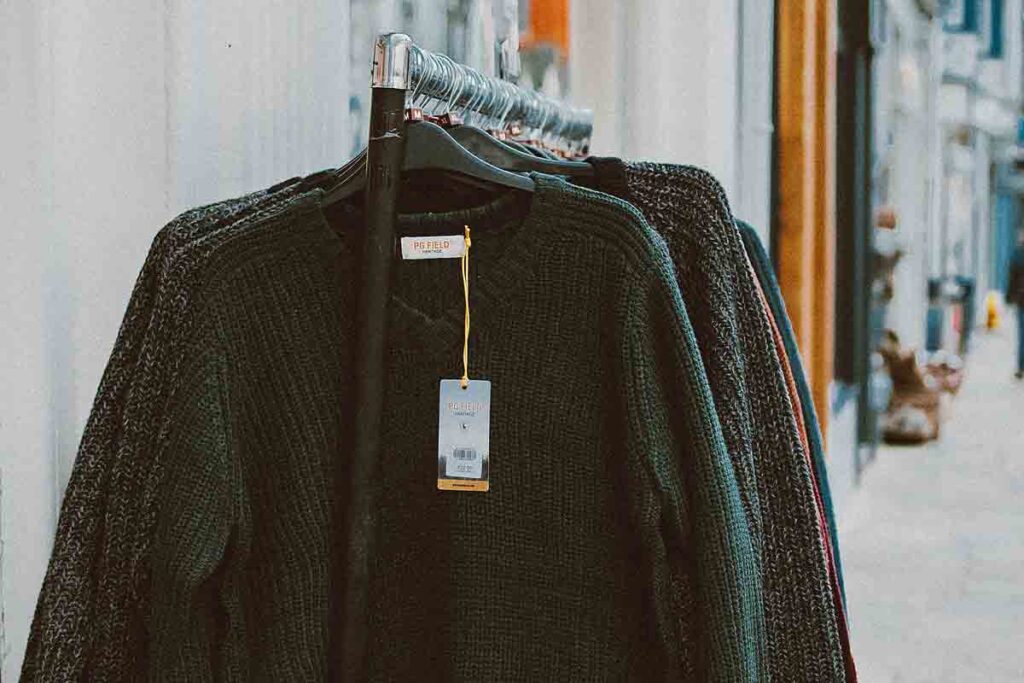
Issues with Fast Fashion
Fast fashion’s use of cheap labor and materials to continuously push new fashion trends, unsurprisingly, has led to numerous issues that now plague the fashion industry.
Disposable Mindset
Most importantly though less commonly acknowledged, fast fashion changed the mindset that we have around clothing from viewing garments as something to care for to something disposable. Because of this, we rarely stop and think before purchasing, are quick to toss items we no longer like, and are hesitant to pay higher prices for quality clothing
Fast fashion has led to a culture of disposability, where clothing is treated as disposable commodities rather than valuable possessions.

Water & Textile Pollution
The fast fashion industry’s reliance on cheap and unsustainable materials, such as non-organic cotton and synthetic fabrics like polyester, means a reliance on fossil fuels that contribute heavily to greenhouse gas emissions.
Textile dying and finishing is also to blame for 20% of global industrial water pollution, and creates 92 million tonnes of textile waste per year!
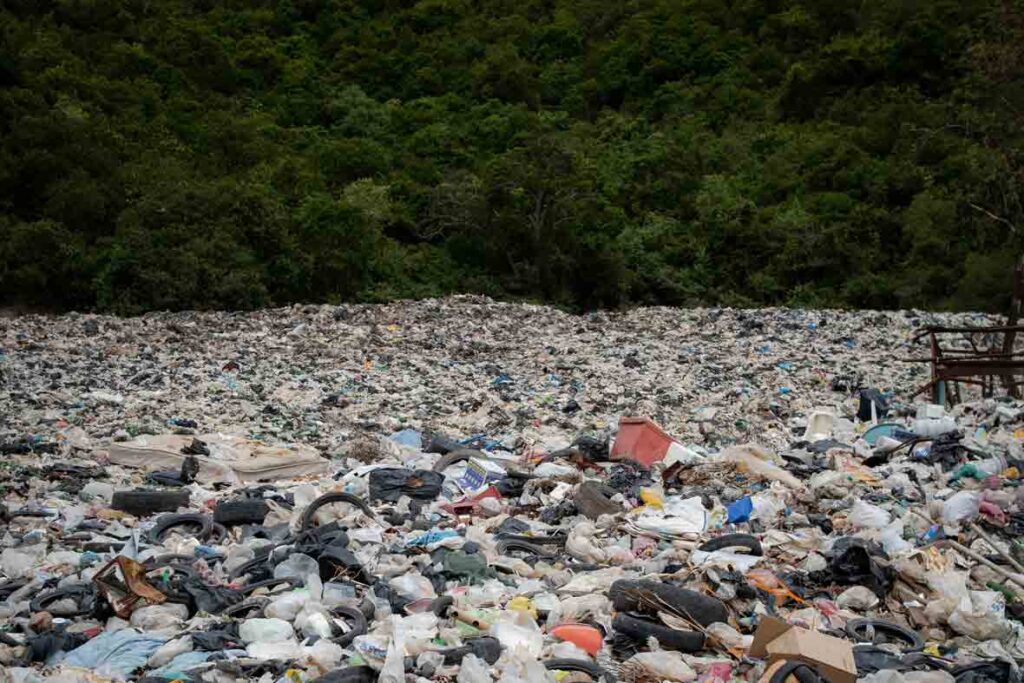
Microfiber Shedding
Today, 60% of new clothes are made from polyester, a synthetic material that contributes heavily to microplastic pollution. These microfibers shed off our clothes and enter the ocean and water streams, harming marine life and soil quality.
Unethical Labor Usage
Garment workers in fast fashion supply chains often face poor working conditions, low wages, and exploitation, with only 2% of garment workers earning a living wage. Disasters like the collapse of Rana Plaza in 2013, which killed over 1000 people working in the garment industry, have sparked some change, but these issues persist today.
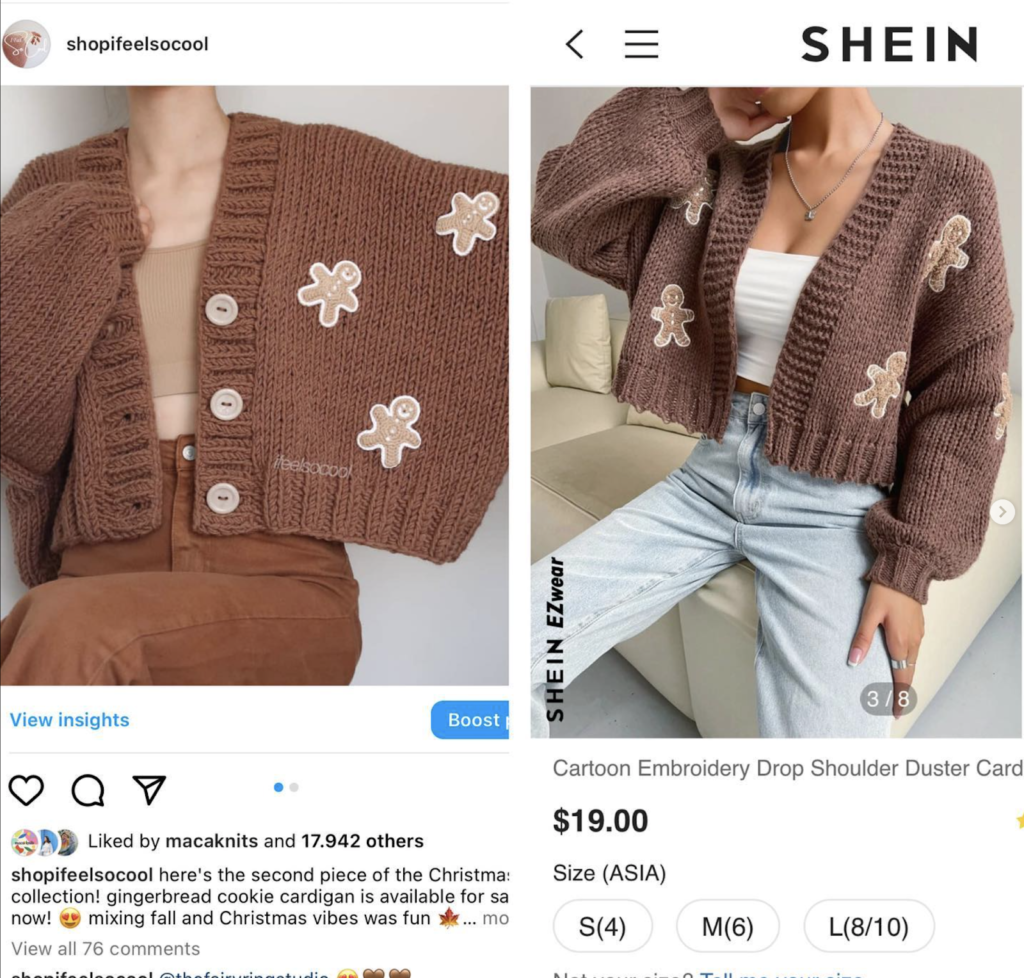
Copying Other Designers
If you care about originality, design, and supporting creatives, then you should oppose fast fashion. Design theft is prevalent in the fast fashion industry, with small-scale designers and artisans often having their designs copied and mass-produced without consent.
For example, the small-scale designer I Feel So Cool, who knits her own hand-made designs, noticed that Shein had blatantly copied one of her original designs.

What is Sustainable Fashion?
Sustainable fashion refers to brands that prioritize ethical sourcing, fair labor practices, and environmentally friendly materials throughout the entire supply chain. Sustainable fashion brand principles include:
- Supporting fair labor practices: Sustainable fashion ensures garment workers receive fair wages by promoting transparency in the supply chain.
- Using eco-friendly materials: Prioritizing fabrics like organic cotton and other sustainable natural and synthetic fibers reduces chemical use and reliance on fossil fuels.
- Avoiding toxic dyes and chemicals: Sustainable fashion brands steer clear of harmful substances like pesticides and harsh chemicals commonly used in fast fashion.
- Encouraging mindful consumption: Sustainable fashion promotes buying quality items that last longer, helping to reduce the need for frequent wardrobe changes.

Criticisms of Sustainable Fashion
While sustainable fashion is a step in the right direction, there is still room for improvement and it’s not yet a perfect solution to the issues of fast fashion.
First, sustainable fashion initiatives are often criticized for being superficial and focused on marketing rather than meaningful change. Greenwashing is a common issue within sustainable fashion, with large brands like H&M releasing campaigns for “green” lines that are still using fast fashion principles and methods.

Similarly, many sustainable fashion brands use carbon offset policies which, on their own, are a mere band-aid to other issues that are then swept under the rug.
Additionally, “sustainable” materials come with their own issues as well. For example, recycled polyester is a more sustainable option than virgin polyester, as less virgin fossil fuels are used. Yet, recycled or not, polyester still contributes to microplastic pollution.

It can be hard to know if what you’re being sold is actually more sustainable, or mere greenwashing. Learning to tell the difference, for example with sustainable leather, is an important but sometimes challenging step.
While sustainable fashion is no perfect solution, it’s helping change the narrative around fashion and, with continued improvement, can pave the way for a better future.

Fast Fashion Brands & Alternatives
As we’re so used to seeing fast fashion brands, it can be difficult to know if what we’re buying is indeed fast fashion, and what sustainable fashion we could choose instead. Here are three of the top fast fashion brands and sustainable fashion brands we can choose instead to help us avoid fast fashion once and for all.
Is Shein Fast Fashion?
When it comes to fast fashion, Shein reigns King. Shein puts 10,000 new items on their website a day and has allegations of forced labor. Safe to say, if there is one way you can support sustainable fashion and avoid fast fashion, it would be this: don’t support Shein.
Instead, check out Yes Friends, a sustainable and ethical clothing company whose mission is to make sustainable clothing affordable to all.
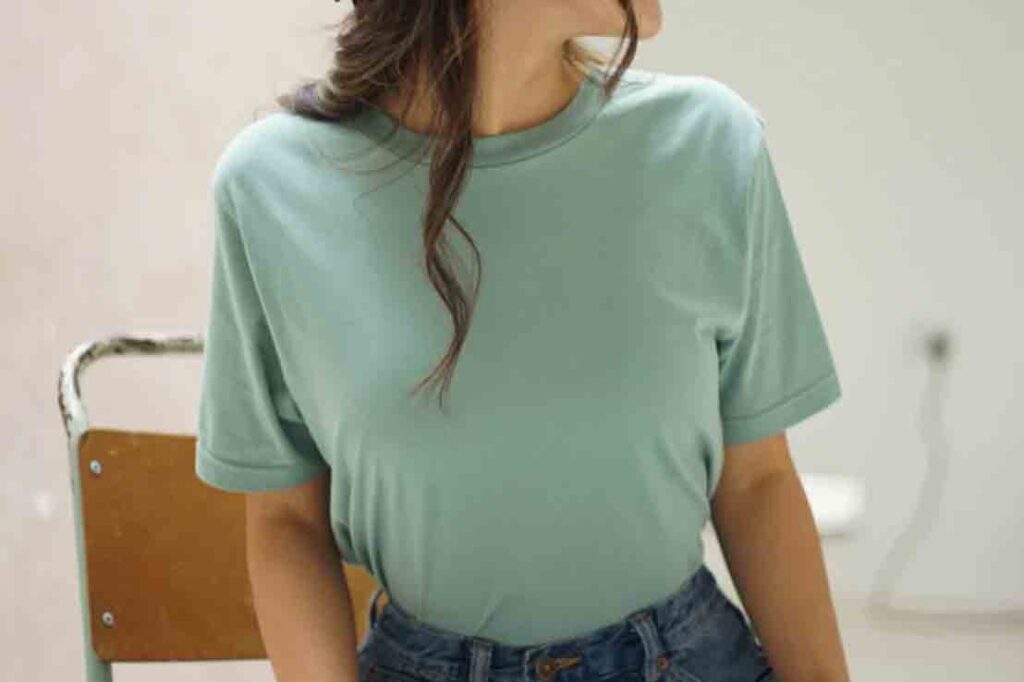
Is Zara Fast Fashion
Zara is another important player in fast fashion, as one of the brands that started it all. Zara produces 450 million garments each year
MATE the Label is one of the best organic clothing brands for cute, comfortable classics made with ethical production and GOTS-certified organic cotton.
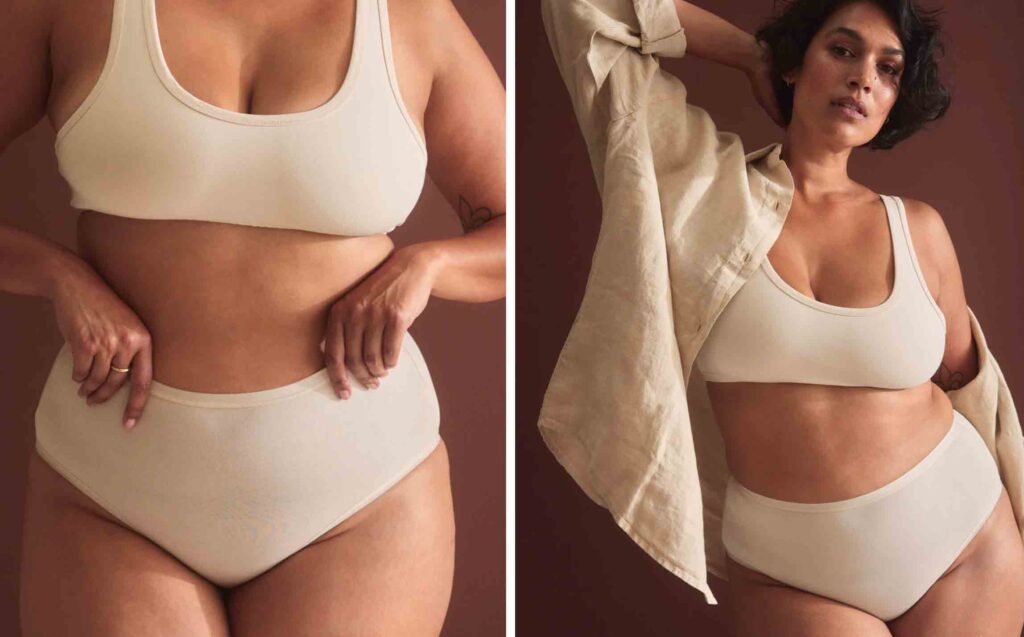
Is H&M Fast Fashion?
In recent years, H&M has made sustainability claims and efforts to improve its impact as a fast fashion brand. However, their actions have been largely based on small initiatives, such as implementing buy-back programs, instead of changing the materials they use or making efforts to reduce their waste production.
Instead of H&M, try out one of my favorites, Frankie, who sells a mix of reworked and vintage pieces that are trendy, affordable, and sustainable.
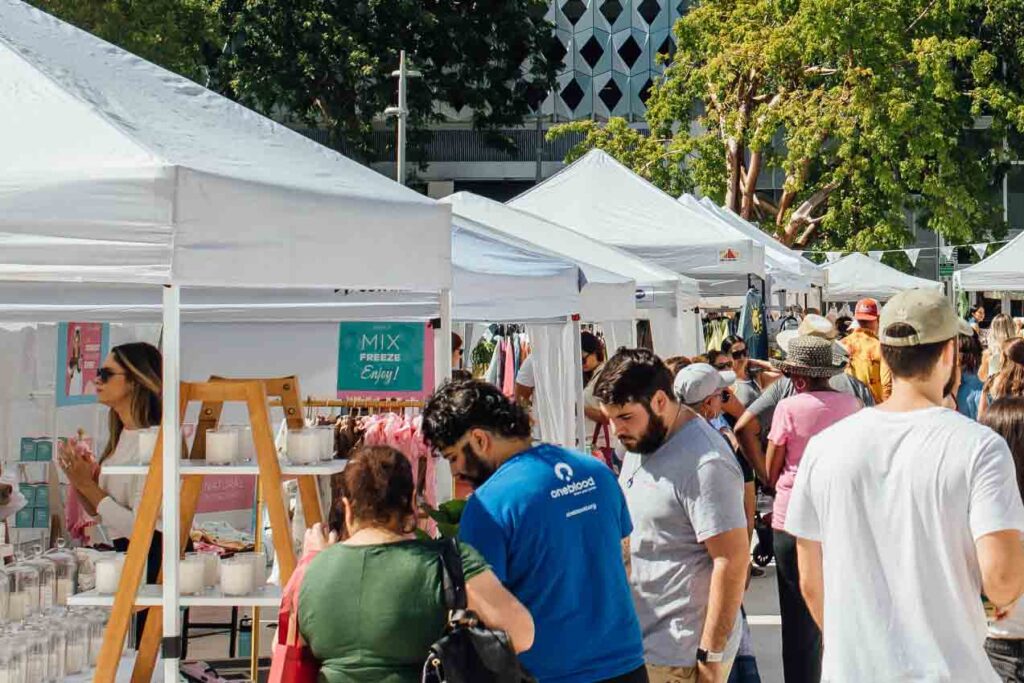
How to End Fast Fashion
So now we know what fast fashion vs sustainable fashion is, who to avoid and sustainable fashion brands to support instead, and what else can we do to benefit sustainable and ethical fashion, and help end the fast fashion era?
- Support brands with supply chain transparency
Advocacy groups like Fashion Revolution and Good On You play a crucial role in raising awareness about the negative impacts of fast fashion and promoting ethical, sustainable fashion alternatives. You can use Good on You’s directory to learn about your favorite brands, check out the ratings of new brands, and find better alternatives that are more sustainable and innovative.
- Curate a sustainable wardrobe and reduce consumption
One of the best things you can do for a more sustainable fashion lifestyle is to simply buy less. Learning how to create a sustainable wardrobe can help you do this while not being boring. It can serve as an easy way to simplify your style and allow you to invest in better quality pieces that will last you a long time.

- Support small-scale designers and artisans
We can contribute to ending fast fashion by supporting small-scale and artisanal designers, who typically create less waste and have ethical labor as they are much closer to their supply chains. Check out my guide: How to Discover and Support Local Artisans to find local, sustainable fashion designers to support near you.
- Prioritize quality, long-lasting materials
Innovation in materials, such as Econyl and plant-based leather alternatives, offer sustainable alternatives to traditional fabrics. Opting for organic natural fibers helps ensure that the workers are exposed to fewer chemicals and that the impact to the ecosystem is minimized.
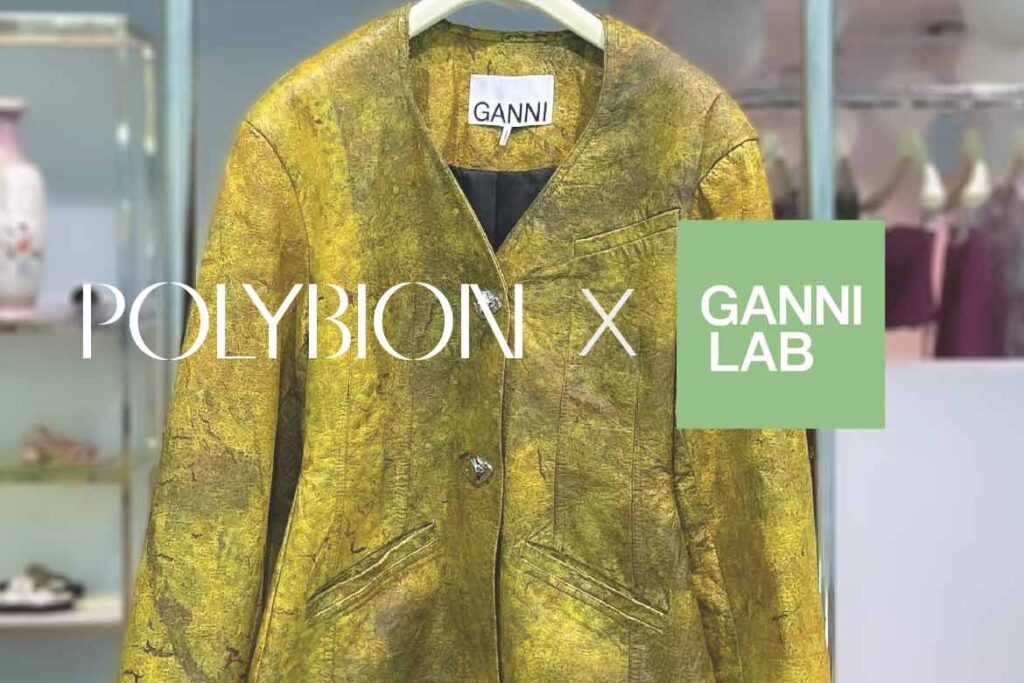
- Encourage fashion innovation and sustainable practices.
Embracing sustainable fashion innovation and exploring alternative pathways towards sustainability, such as digital fashion and fashion rental programs, can drive positive change in the industry. What we need is not just better materials, but a new way of thinking about and interacting with fashion.
- Advocate for stronger government regulations and industry initiatives to address the issues of fast fashion
Policy interventions, such as the proposed New York Fashion Act, can incentivize companies to adopt more sustainable fashion practices and reduce their environmental footprint. Stronger regulations and enforcement will be key to promoting sustainability and ethical practices in the fashion industry.
Conclusion
The fashion industry’s rapid pace and focus on cheap production have led to significant environmental and ethical challenges. However, by understanding the differences between fast fashion vs sustainable fashion, we can make informed choices to support positive change.
From prioritizing eco-friendly materials to advocating for fair labor practices, every step towards sustainability matters. By embracing mindful consumption and supporting ethical brands, we can collectively work towards a more ethical and sustainable fashion future.
FAQ
What’s the difference between sustainable fashion vs slow fashion?
Sustainable fashion and slow fashion can more or less be used interchangeably. Slow fashion is typically used to talk about smaller brands who produce on a smaller, slower scale, and emphasizes consuming less. Sustainable fashion builds on this, and also prioritizes using eco-friendly materials and ensuring less ater and textile pollution.
Is fast fashion cheaper than sustainable fashion?
Typically, yes. This is because fast fashion brands prioritize the cheapest materials and often don’t pay their workers living wages.
However, there are luxury brands as well that follow fast-fashion principles while still charging more money, which increases their profits without helping the environment like quality, sustainable fashion brands aim to do.


